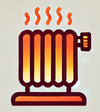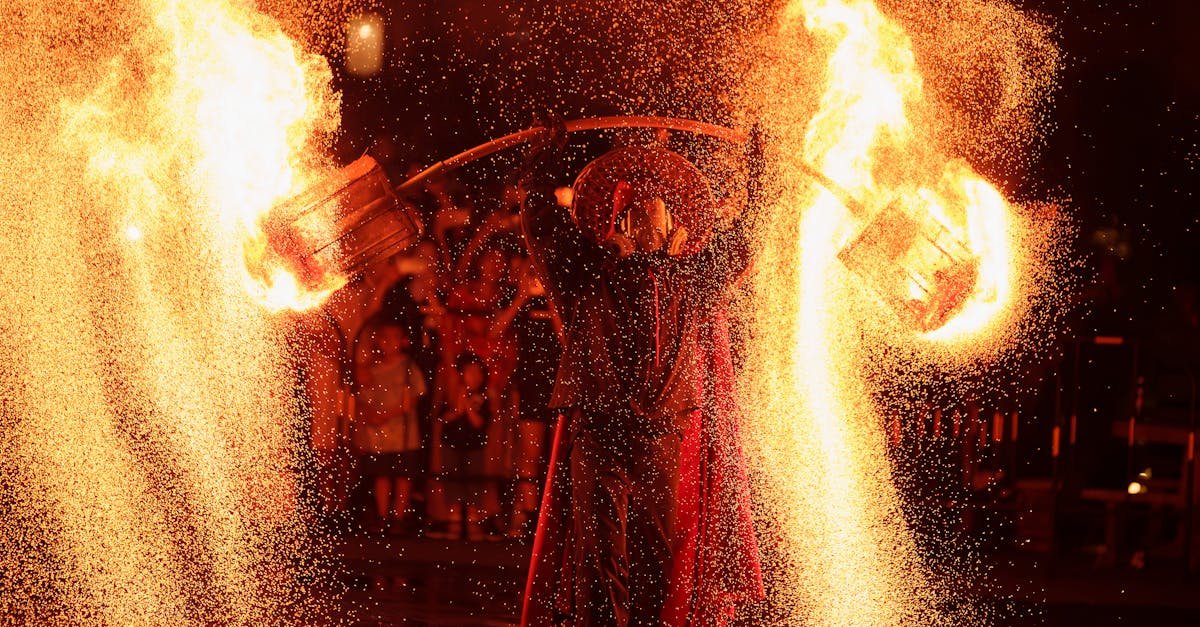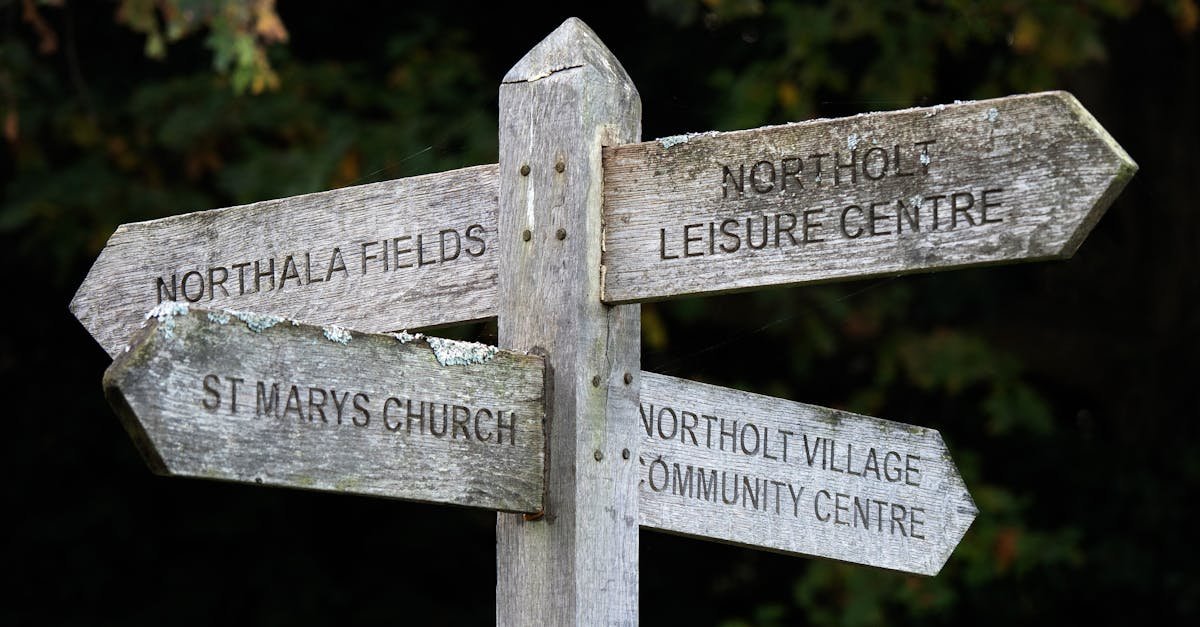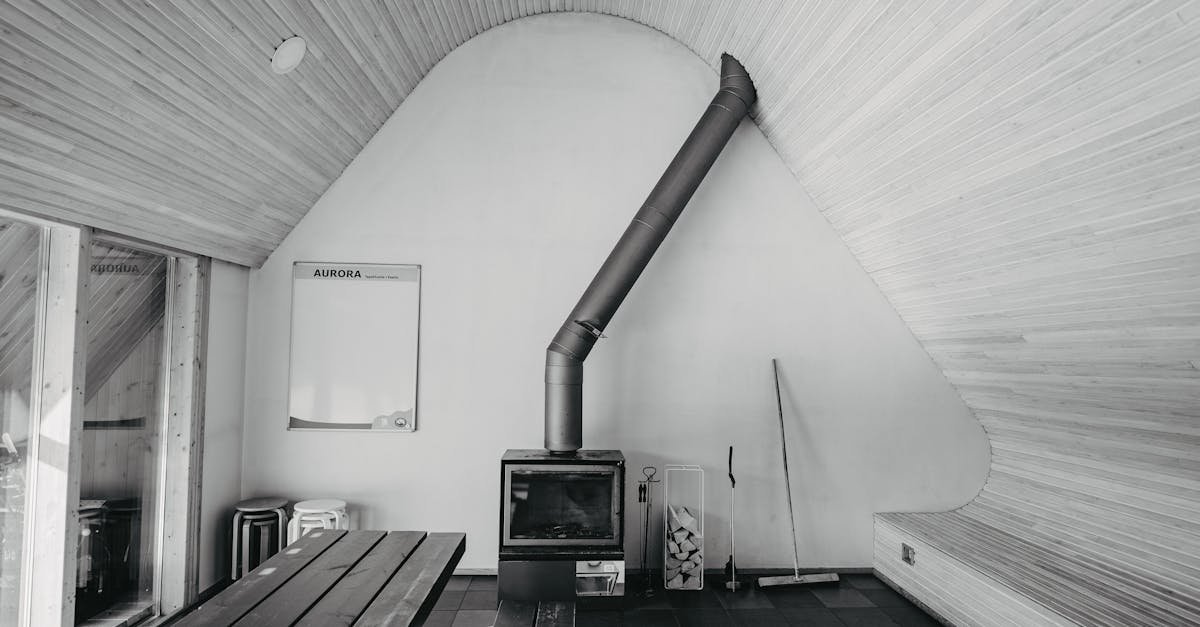Heat exchanger safety is crucial to prevent accidents and ensure efficient operation. By regularly inspecting and maintaining your heat exchangers, you can minimize risks like leaks and overheating. Always follow manufacturer guidelines and carry out proper training for your team to handle these systems safely.
Understanding the potential hazards associated with heat exchangers, such as pressure buildup and corrosion, is key. With the right precautions in place, you can protect both your equipment and your personnel, ensuring a safe working environment. Prioritizing safety not only safeguards your investment but also enhances overall productivity.
Understanding Heat Exchanger Safety
Heat exchanger safety is key to smooth operations and energy efficiency. You must pay attention to several vital aspects.
Design Phase
The design stage is crucial for safe heat exchanger function. Consider the type of heat exchanger, temperature design, pressure regulation, and material compatibility. These factors greatly influence performance. Selecting the right materials reduces risks. Evaluate interactions between materials and process chemicals to avoid failures.
Operational Safety
During operation, it’s essential to keep an eye on temperature, flow, and pressure. Monitoring these parameters prevents hazardous situations. For instance, uncontrolled phase changes can cause rapid pressure increases or even explosions. Proper design can mitigate these dangers. Regular assessments ensure the system is ready for any challenge. Stay proactive to maintain a safe environment.
Common Risks and Hazards
Heat exchangers pose various risks and hazards. These threats can compromise safety and efficiency. Understanding them is vital.
Physical Hazards
Physical hazards primarily stem from temperature extremes and mechanical failures. Heat exchangers often encounter high temperatures. These conditions can lead to material degradation and structural failures. For example, a sudden increase in temperature and pressure might boil cooling water into steam. This scenario can cause rapid pressure rises in the system, exceeding its design limits.
Mechanical failures contribute significantly to risks. Issues like vibration, erosion, and leakage can arise. Vibration often results from poor design or incorrect operation. Erosion may occur due to abrasive particles in the fluids. Both factors lead to potential leaks or system failures, affecting safety.
Chemical Hazards
Chemical hazards emerge from improper handling of substances. Heat exchangers frequently transfer fluids that can react if conditions change. For instance, if a heat exchanger overheats, it might cause a chemical reaction that releases harmful gases. This release poses risks to personnel and the environment.
Corrosion adds to chemical hazards. It can occur due to aggressive fluids, compromising system integrity. Regular inspections ensure the detection of corrosion early. Identifying and addressing these risks prevent serious accidents.
Adequate training and awareness among personnel help manage these hazards. Understanding the risks enhances preparedness. Following proper protocols during operation ensures a safer work environment.
Safety Standards and Regulations
Safety in heat exchangers relies on various industry standards and government regulations. These rules ensure operational efficiency, energy conservation, and the safety of all personnel.
Industry Best Practices
Designing a heat exchanger involves careful thought. You must prioritize material compatibility, temperature design, pressure regulation, and fluid nature. Implementing safety relief devices and alarm systems can prevent issues like overpressure and unexpected temperature changes. Regular maintenance checks play a critical role. Regular inspections, including visual checks, internal exams, and non-destructive testing (NDT), are essential. These inspections help spot potential problems such as corrosion, fouling, or leaks early.
Government Regulations
Government regulations set minimum safety requirements for heat exchangers. These laws help protect workers and equipment. They cover aspects like design standards, operational protocols, and maintenance practices. Compliance with these regulations is not optional. Following these guidelines minimizes risks and enhances safety in the workplace. Adhering to guidelines from agencies like OSHA and the ASME ensures a safer operational environment.
Maintenance and Inspection Protocols
Regular maintenance and thorough inspections ensure heat exchangers operate safely and efficiently. Following established protocols minimizes risks and enhances performance.
Routine Maintenance
Perform routine cleaning to keep surfaces free from scale and fouling. Clean every three to six months, depending on usage. Use chemical cleaning for stubborn deposits. Make sure to document all cleaning procedures to track maintenance history.
Tighten bolts and fasteners on a scheduled basis. Inspect and replace damaged or corroded components promptly. Schedule these checks at least annually to maintain structural integrity. Taking these steps prevents further deterioration, extending the heat exchanger’s lifespan.
Lubricate bearings and moving parts regularly. Use suitable lubricants to prevent wear and overheating. Check lubrication systems monthly for any issues. Proper lubrication helps maintain smooth operation and reduces failure rates.
Inspection Techniques
Use visual inspections to spot obvious damage or corrosion. Perform these inspections monthly, focusing on connections and seals. Look for signs of leakage or wear. Early detection plays a crucial role in preventing larger issues.
Conduct non-destructive testing (NDT) annually. Use techniques like ultrasonic testing or radiographic testing to identify hidden flaws. NDT helps assess structural integrity without causing damage. Prioritize this testing to mitigate risks associated with unseen corrosion or cracks.
Monitor temperature, pressure, and flow rates continuously. Make use of gauges and sensors for real-time analysis. Any abnormal readings require immediate investigation. Proactive monitoring prevents hazardous conditions and improves overall safety.
Carry out a documented inspection schedule. Keep thorough records of all inspections and maintenance activities. This documentation supports compliance with safety standards and helps improve future protocols. Regular reviews of this data will enhance operational efficiency and safety standards.
Emergency Response Procedures
Emergency response procedures are vital for heat exchanger safety. Prompt action can minimize damage and protect personnel. Here are essential steps to follow in case of an emergency:
- Evacuate Personnel: Ensure all staff evacuate the area immediately. Alert everyone to potential hazards related to pressure build-up or leaks.
- Shut Down Equipment: If safe, turn off the heat exchanger and related systems. This reduces the risk of further incidents.
- Contain Hazards: Use spill containment equipment to manage any leaks. Prevent hazardous materials from spreading to the environment.
- Notify Emergency Services: Call local emergency services to report the situation. Provide details about the incident and any potential hazards.
- Follow Emergency Protocols: Adhere to your company’s emergency response plan. Every employee should know their role and what to do.
- Use Personal Protective Equipment (PPE): Wear appropriate PPE if entering the area. This includes gloves, goggles, and respirators if needed.
- Document the Incident: Record all details about the emergency. This information supports future safety improvements and compliance.
Regular training reinforces these procedures. Conduct drills to prepare everyone for emergencies. Review what to do during various scenarios involving heat exchanger failures or leaks. Prioritize safety through consistent practice and awareness.
Conclusion
Prioritizing heat exchanger safety is essential for protecting both personnel and equipment. By implementing regular maintenance and thorough inspections you can significantly reduce the risk of accidents. Adhering to safety standards and providing proper training ensures that your team is prepared for any potential hazards.
Always stay proactive in monitoring conditions like temperature and pressure to prevent dangerous situations. Remember, a commitment to safety not only enhances operational efficiency but also safeguards your investments. By fostering a culture of safety through continuous education and adherence to best practices you contribute to a safer work environment for everyone involved.








